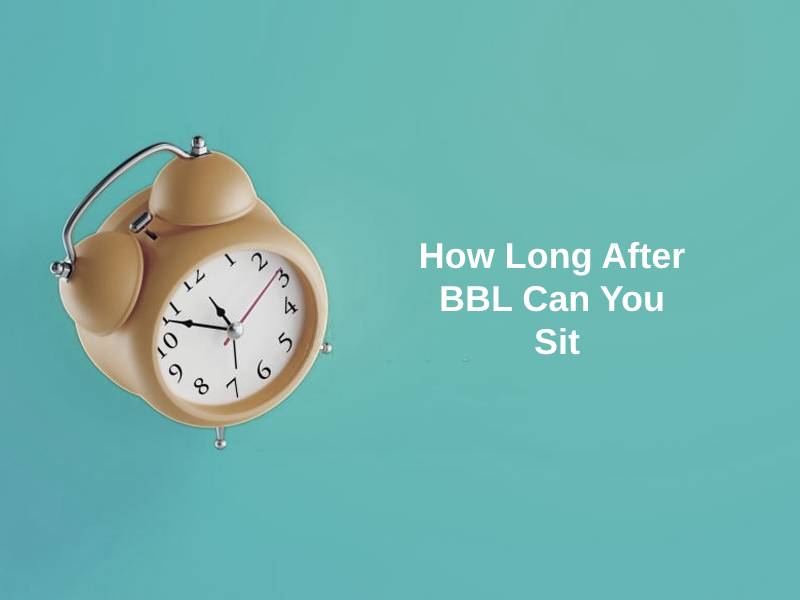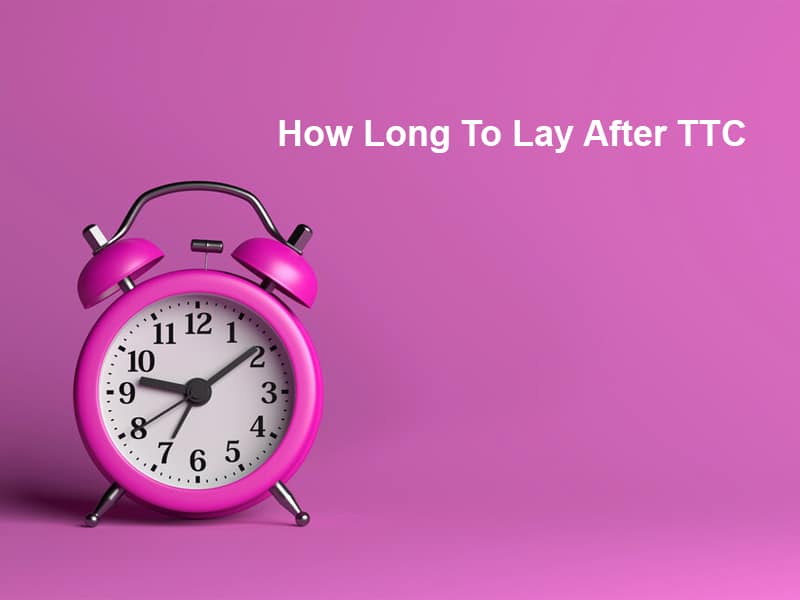Exact Answer: 30 Seconds To 2 Minutes
While knowing how long a seizure lasts, it is important to know what kind of seizure a person is talking about.

How Long Do Seizures Last?
| Types Of Seizures | Time |
| Focal onset seizures | 30 seconds to 2 minutes |
| Focal aware seizures | 30 seconds to 1 minute |
| Focal impaired-awareness seizures | 2 minutes to 5 minutes |
| Generalized onset seizures | 1 to 3 minutes |
Focal onset seizures, or also referred to as partial seizures. These seizures normally start in small areas of the brain. These areas could be a single lobe, however, they can further affect larger areas of the brain as well. Focal onset seizure lasts from a couple of seconds to a maximum of 2 minutes on average.
Focal onset seizures are further divided into two types, that are, focal aware seizures and focal awareness-impaired seizures. Focal-aware seizures are the ones where the person remains fully conscious and is also aware of what is happening to him or her. Such seizures last for about a few seconds to a minute.
Focal impaired-awareness seizures are the one that affects the person’s consciousness. If a person is facing such a seizure then he or she might not be able to move, talk, or hear. Moreover, the person would not even have the memory of such a seizure after some time. Majorly, focal impaired-awareness seizures make a person lose his or her conscious state of mind and move into the subconscious state of mind. Focal impaired-awareness seizures last for about 2 to 5 minutes on average.
Generalized onset seizures are the ones that affect both sides of the brain simultaneously. This seizure is further divided into many types of seizures, such as tonic seizures, clonic seizures, tonic-clonic seizures, myoclonic seizures, absence seizures, and atonic seizures. In most cases, generalized onset seizures last for about 1 to 3 minutes.
Why Do Seizures Last That Long?
To know the reason behind why seizures last that long, it is important to understand the mechanism behind what happens during the seizures, what causes them, and what all changes occur in the body.
During a seizure, several bursts of electrical activity occur in the brain which can also be referred to as an electrical storm. A seizure can cause many symptoms which majorly depends on the type of seizure and the part of the brain that is involved in it. Varying from person to person, a seizure can be visible in many different forms as well.
During a seizure, anything that a brain normally does can also happen. Let’s assume as an example, the brain helps us move, see, feel, and do other such things. During a seizure, the person may move, see, feel or do other things which a brain does normally as well, be it the fact that the person wants to or not. Whereas on the other hand, in some types of seizures, some parts of the brain would still function normally whereas others would not.
Seizures have different phases, mainly, a beginning, middle, and end phase, however, it is not necessary that all the parts of a seizure are visible. The person probably would not have every stage or symptom which is visible, but if the person has more than one seizure, it becomes noticeable that the seizures are stereotypic, which means, all the seizures are similar to each other.
Conclusion
It is quite difficult to predict a seizure and how long it would stay. But there are a few symptoms through which one can identify the seizures. Certain changes in thoughts, body, and senses can help you know about having a seizure.
These changes could be, such as, racing thoughts, out of body feeling, Déjà vu, feeling hot, cold or sweaty, racing heart, dizziness, nausea, headache or pain in the body, numbness, tingling, or feeling like an electric shock in part of your body, seeing flashing lights or things that are not there, hearing strange or different sounds and all other such changes can help you.
If any person is having a seizure then the most important thing to do is to get that person under medical detention as soon as possible.




















